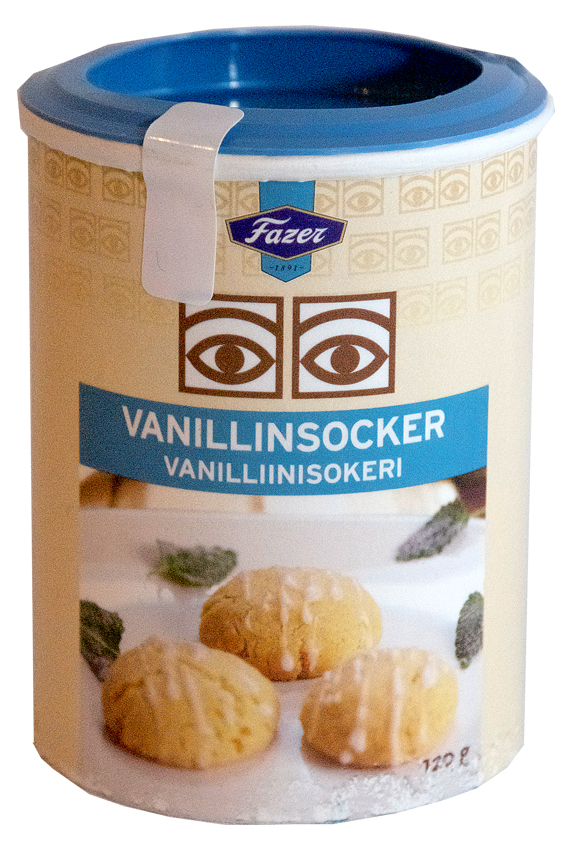This is not my family nor my tree. (Image courtesy of Judiology.com)
We used the same artificial Christmas tree year after year throughout my entire childhood, dragging its musty box out of the cellar or garage every year and shaping the limbs into verisimilitude before decorating it.
At least we weren't the people with the silver foil Christmas tree.
I swore that when I grew up, I'd have a real tree. And I did for many years.
The Hat Tree (1981)
At the young-adult flop house where I did most of my young-adult partying, we had a real Christmas tree that we left up for months and months after Christmas came and went.
We did eventually take off the ornaments, then covered it with hats and called it a hat tree.
Happily, though there was plenty of smoking going on around it, this little fire hazard never burned the flop house down.
Top-Heavy Tree (1984)
A couple of years later, I moved west to California and lived in the legendary Casa de Montgomery in Santa Cruz.
It was a boarding house of sorts, with a colorful history. It had originally been an old country estate, later turned monastery, turned mental hospital, turned low-rent boarding house.
By the time I met the Casa, it was a decrepit Spanish-style estate with a long industrial-utilitarian hospital wing extending from it. It had fallen into disrepair and was occupied by university students, aimless young people like myself, divorcees and people or various ages who were on the dole.
When Christmas rolled around, we residents put up a tree and decorated it. But sometime in the night, the tree fell over with a crash, ornamens rolling and pine needles scattering across the floor.
I was very troubled by this at the time, making vague analogies of this event to my lifestyle: top heavy, pretty to look at but lacking in a solid foundation.
That was the same year I went to the beach on Christmas day and made a sandman. California living...
Trees of Life (1990-1996)
When my kids were little, we always had a live tree, which we tried to plant again afterwards, but I don't know if any of them survived the ordeal of being brought into the warm indoors like a pet, then thrust back out into the harsh elements.
Under one of those trees, my partner planted the placenta that had nourished my elder son throughout his gestation. A no-longer-needed organ, full of nutrients that could now nourish that little tree instead.
One of those live trees I kept in its pot on the front porch after Christmas was done and it stayed there all year long like front-porch topiary. When Christmas rolled around again, I pulled the whole tree, pot and all, back inside for decorating.
Snow Tree (2002)
Years later, I remarried, and my new husband, plus his two kids and my two kids, journeyed up Trinity Mountain Road to hunt for our tree, all bundled up for snow.
This was a wonderful, beautiful day which stands out in my memory. So much laughing, snow up to our knees, crisp, bright winter wonderland.
The kids found the right tree, my husband cut it down, and the kids dragged it back to the truck, where hot chocolate in a thermos awaited us.
Sadly, that marriage didn't work out. No one ever really got along. His kids moved out almost immediately, and after that mine went to live with their own dad awhile. And eventually the marriage itself was casualty.
But that day in the snow, we were all together like a real, hopeful and happy family of six.
Simplifying (2007)
One summer, at a yard sale, I found an artificial tree, still in the box, tall and slender, with built-in lights. It was like a miracle: just pop it up like an umbrella, plug it in and voila! The best 20 bucks I ever spent.
We use this tree every year now and cover it in homey Swedish-style decorations. I understand now where my parents were coming from with their fuss-free fake tree.
My elder son, who has his own family now, has a real tree at Christmastime, I noticed. The circle continues...







